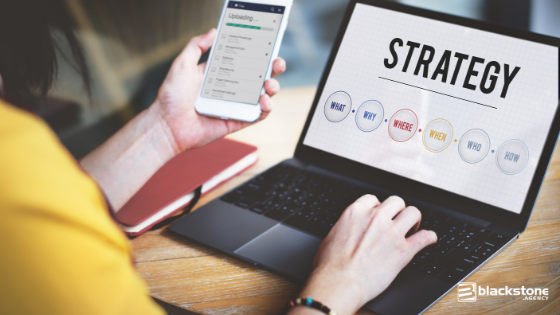It is important to have a cohesive brand message throughout all of your marketing, advertising and promotional materials.
In business branding, the name, the design, a symbol or a message that a company uses in all of its marketing collateral is what sets it apart and differentiates its product offerings from others in the industry. It is the core identity of the business; an all-inclusive, multi-faceted “picture” of everything the business represents. Business branding is crucial and a very important component to any new business starting out. It gives the business a significant edge among industry competitors.

Your business’ branding message should resonate throughout all of your marketing materials and articulate your business’ objective. It connects you to your target market and affects every component of your business, from customer service to sales. The message should be concise, cohesive and consistent and adequately reflect the business’ objective. It should highlight the business (both offline and online), its products and services and the staff. It should focus on communicating those benefits to the target market in relevant ways. Each and every nuance of the business and its core objective should factor into the branding message.

Effective Branding
Effectively building a solid brand starts with your business’ marketing collateral, ensuring that it represents your business brand completely. A variety of sales support tools including brochures, print advertising, product catalogs, sell sheets, blogs or content marketing are all a part of your business’ marketing collateral. Each of these tools facilitates the sales funnel, making the process easier. In branding, your business will use each of its relevant tools to deliver pertinent information to your target market and customer base. You do this by telling a story, delivering information and building relationships, thereby creating your “brand.”
Each type of branding tool requires its own style of communications to make it effective. You must consider your audience and your desired end goal when launching a branding tool. The communication used should be informative but also relate-able to your potential customers. It should leave a lasting impression with the audience and inspire buyers to take action, whether it’s to motivate or persuade them. You want to leave them with compelling reasons to buy your products or services, be it immediately or at a later date.
Each of the branding tools should also complement one another. They should all work together so that there’s consistency in everything that represents your business. For instance, the brand’s trademark or logo should appear on each piece of printed material (brochures, business cards, etc.), but should also carry over into digital media (videos, television, etc.) as well, appearing within the promotion.

Marketing Tools
Although it’s impossible to convey detailed information about your business in some marketing tools (business cards, sell sheets), you can still implement your brand strategy everywhere your business exists.
Since one of the focal points of branding is to differentiate your product or service, you can achieve this by using content marketing tools (articles, blogs) to focus on areas where your product is different than other competitors.
Branding opportunities exist in every aspect of your business. Creating a complete branding image with applicable, relevant marketing tools assures that your message is delivered effectively. Analyze each component to assess how they all fit together to convey your message.